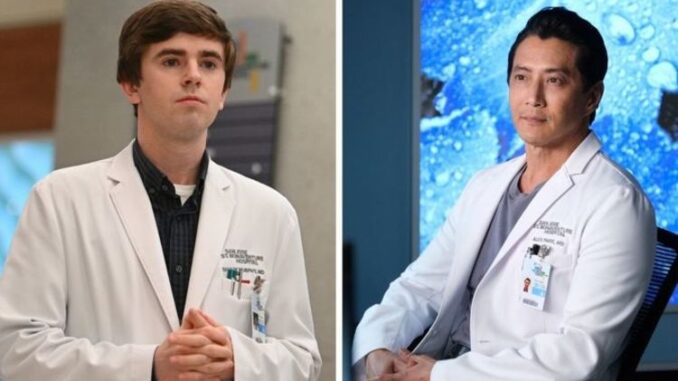
Since its debut in 2017, The Good Doctor has been praised for its groundbreaking representation of an autistic protagonist, Dr. Shaun Murphy, played by Freddie Highmore. The series offers a vision of an exceptionally gifted surgeon whose unique perspective and skills set him apart in the medical field. While the show has been celebrated for raising awareness about autism, critics and advocates argue that its version of autism risks glossing over a more troubling reality: the systemic failures that many autistic children face in education, healthcare, and social support systems.
At the heart of the show lies a compelling narrative of possibility. Shaun is not only employed in a prestigious hospital but is also embraced by colleagues who come to value his brilliance despite his social struggles. For many viewers, this depiction is uplifting, offering a hopeful reminder that people with autism can succeed when given the right environment. Yet, the show’s optimistic framing contrasts sharply with the experiences of many autistic individuals who are far from receiving the resources or understanding they need.
Autism experts point out that while there are indeed extraordinary cases of individuals with exceptional abilities, the majority of autistic children face profound barriers that can derail their futures. A lack of early diagnosis, underfunded special education programs, and limited access to therapy often leave families struggling to provide the necessary support. In many communities, these systemic shortcomings result in children being misunderstood, marginalized, and left behind.
The show’s success lies in part in its ability to humanize autism for a global audience. However, some disability advocates worry that its narrow focus on a “high-functioning genius” creates unrealistic expectations. Not every autistic person is a prodigy, nor should they need to be in order to be valued. By centering on Shaun’s extraordinary skills, the series risks overshadowing the voices of those whose needs are far more basic yet equally urgent: children who require proper schooling, healthcare, and inclusion in their communities.
The grimmer truth behind The Good Doctor is that for every fictional Shaun Murphy, countless real children with autism face broken systems. In the United States, for example, parents often fight prolonged battles with school districts over Individualized Education Programs (IEPs). In the UK and other parts of the world, families frequently report delays of years in receiving diagnoses or therapy. These obstacles can have lifelong consequences, leaving many autistic individuals unable to fully participate in society.
Despite these critiques, The Good Doctor has sparked valuable conversations. By putting autism on primetime television, it has challenged stereotypes and fostered empathy among millions of viewers. The question now is whether this visibility can be harnessed to advocate for systemic reforms—ensuring that real-life autistic children are not simply characters in a story of inspiration, but individuals given the resources and opportunities to thrive.
Ultimately, while the series shines as a beacon of what inclusion might look like, it also inadvertently underscores the gap between fiction and reality. The true challenge lies not in celebrating one fictional doctor’s brilliance but in confronting the widespread neglect that too many autistic children still endure.
